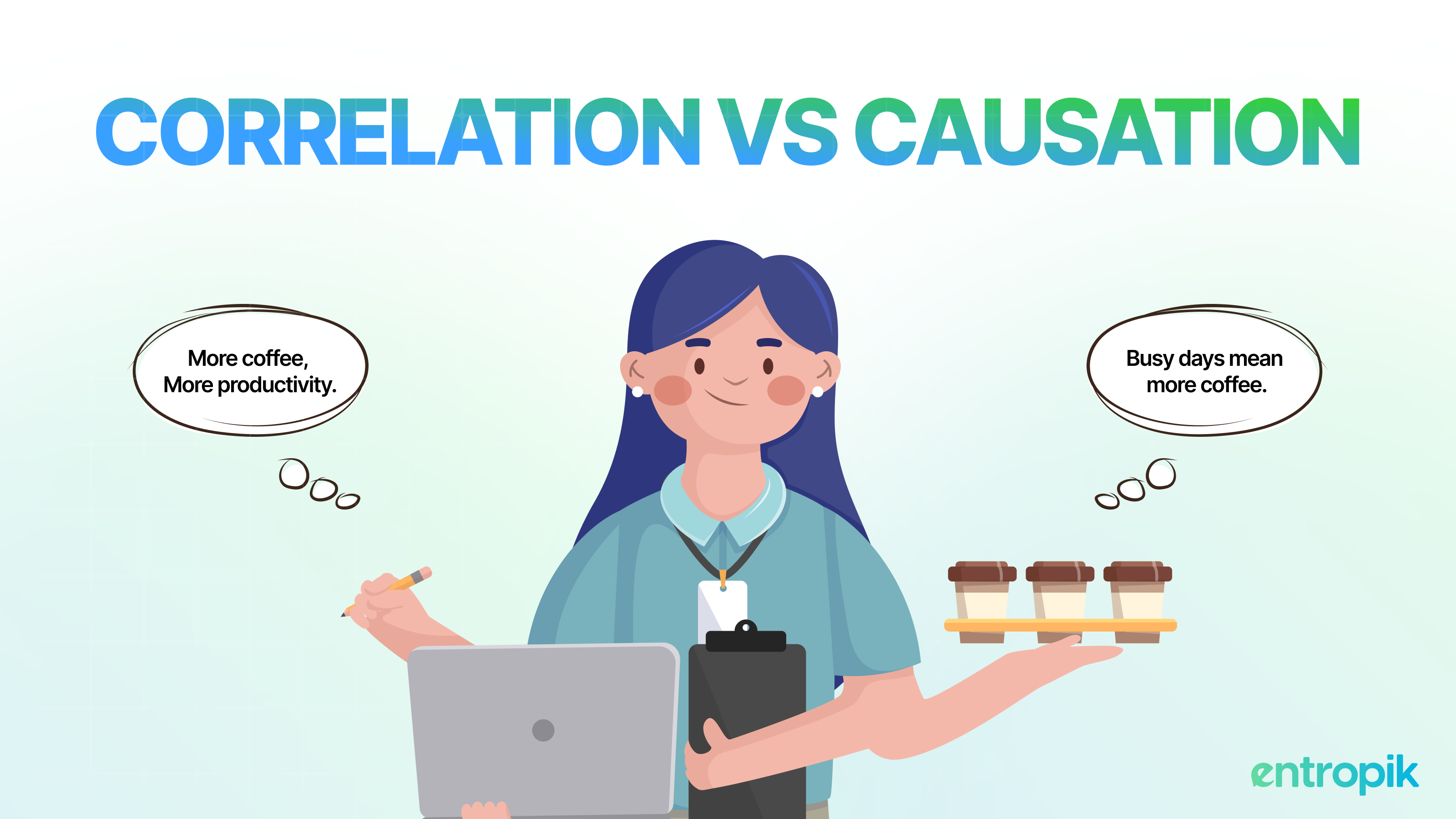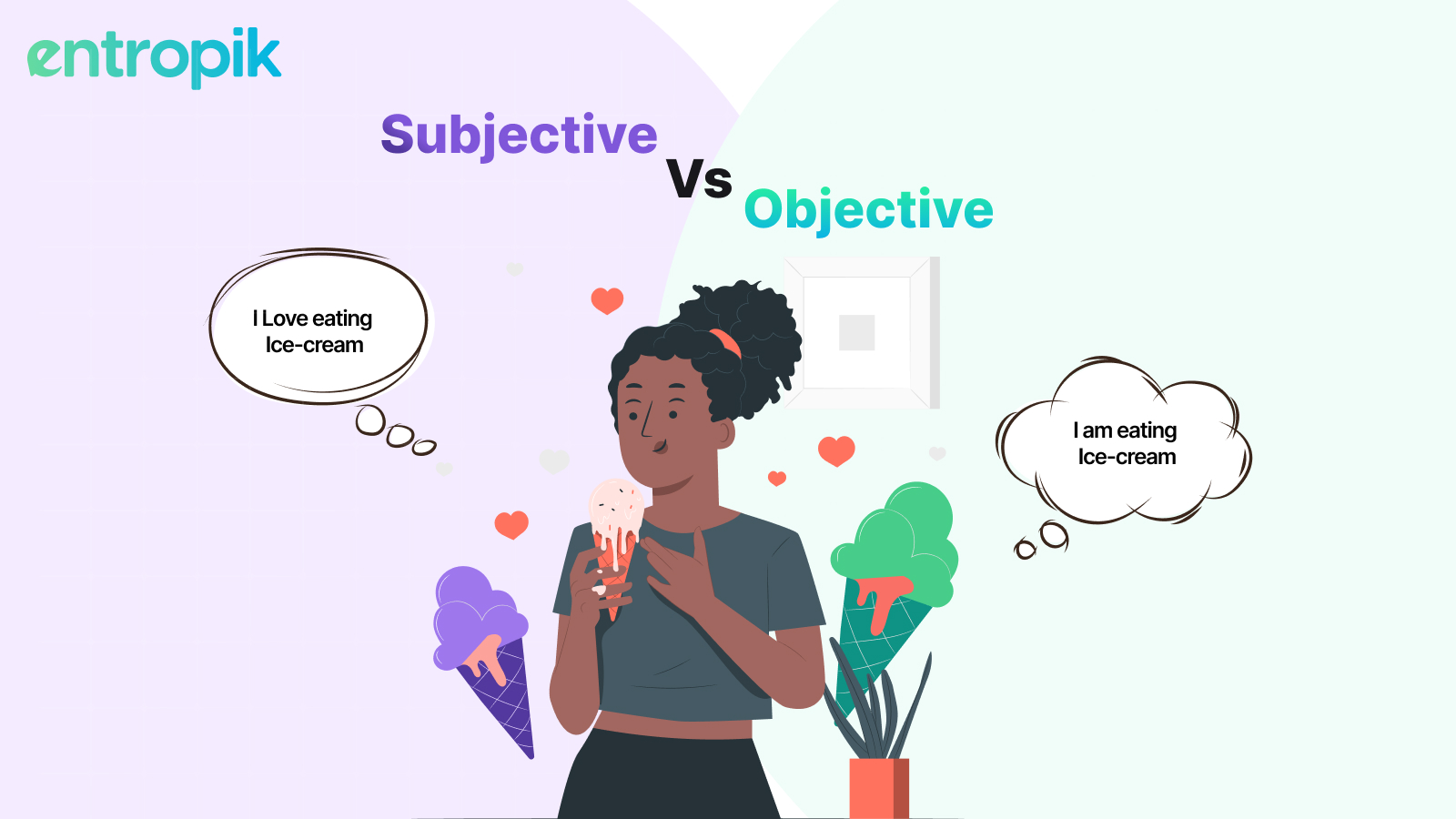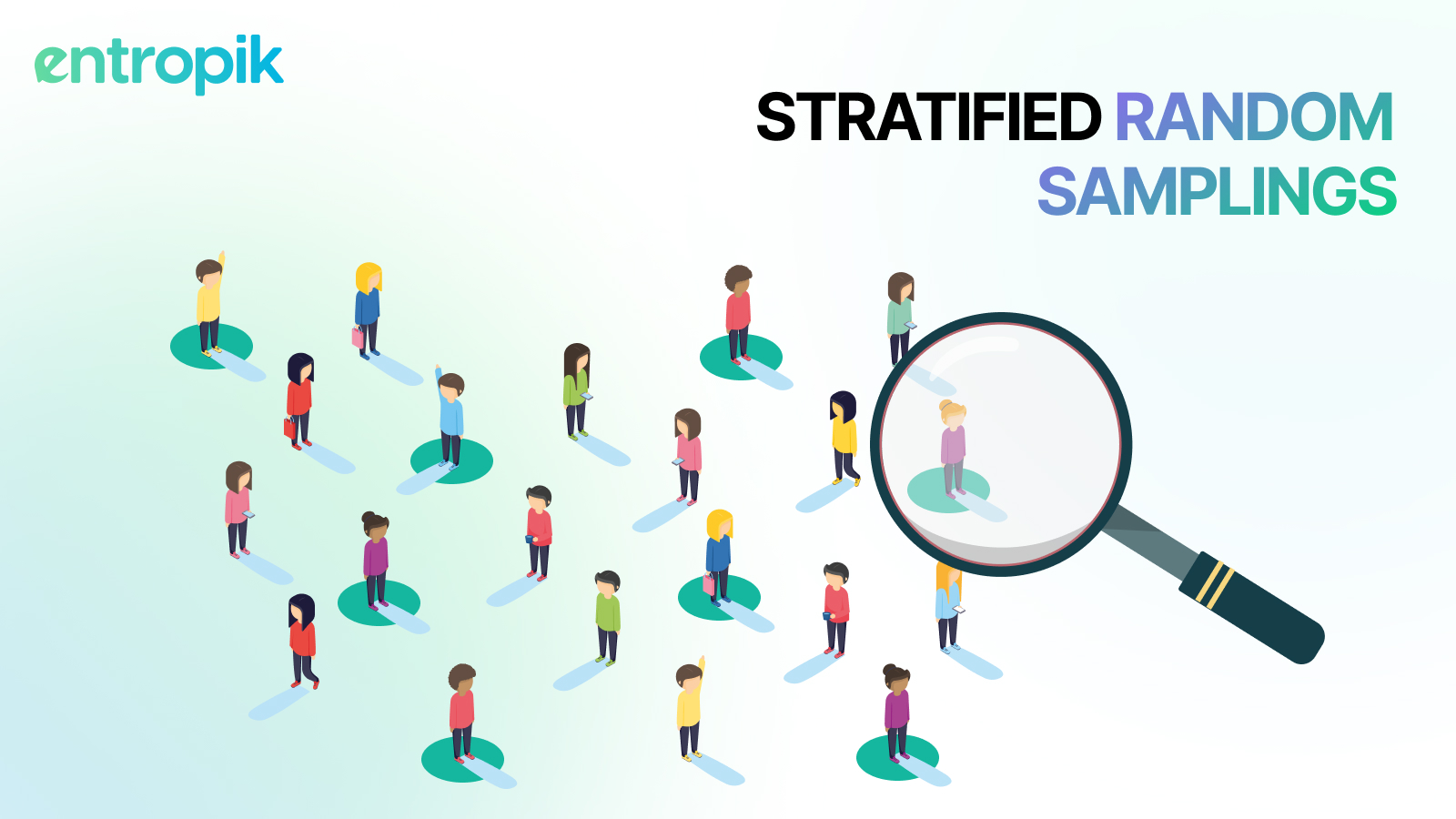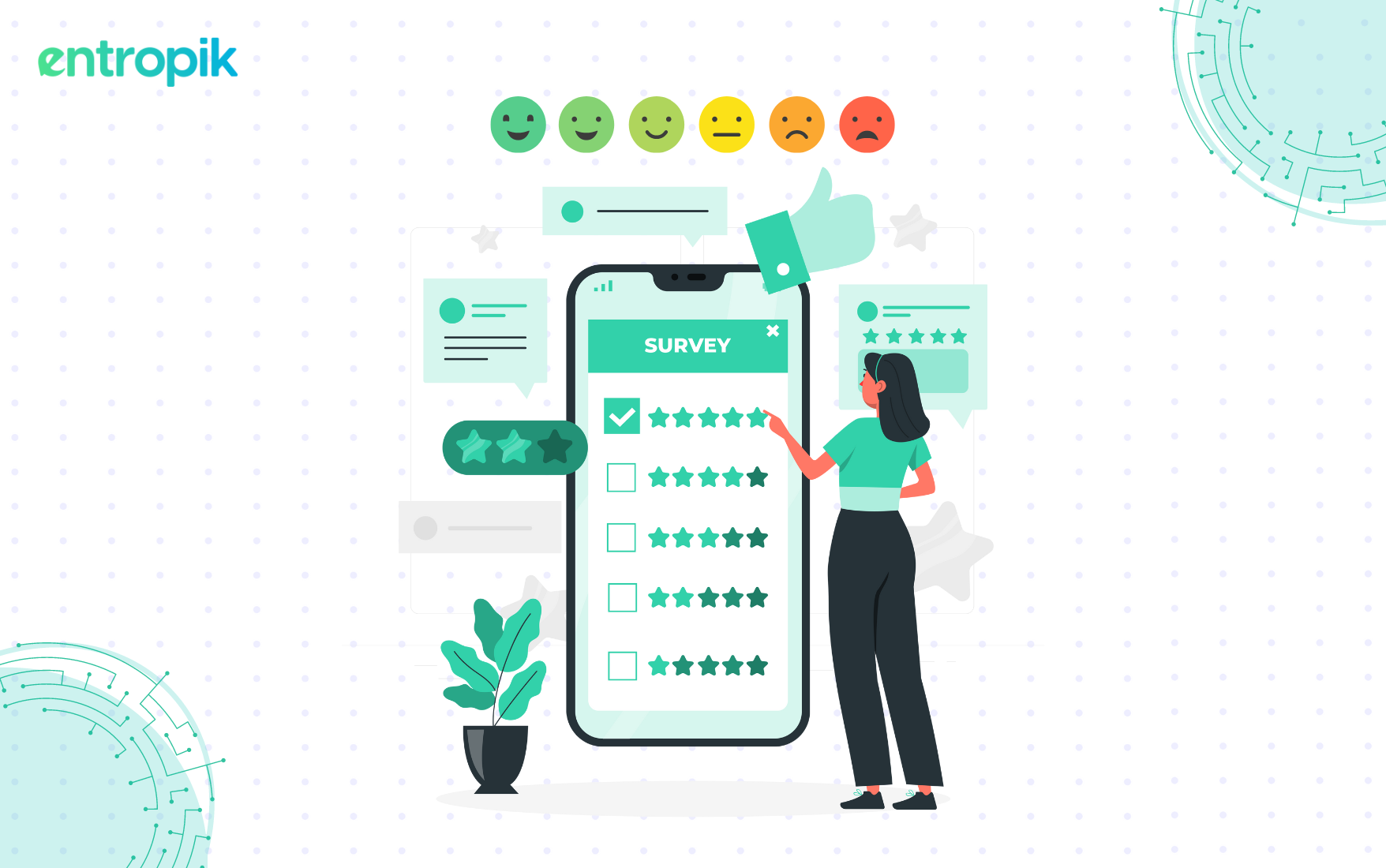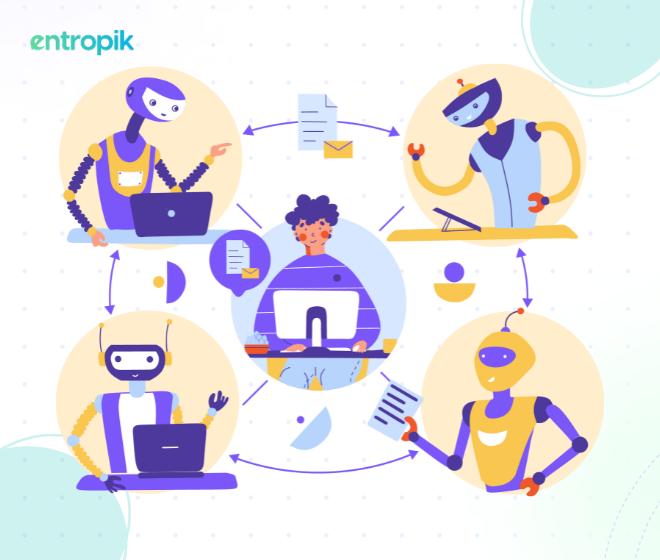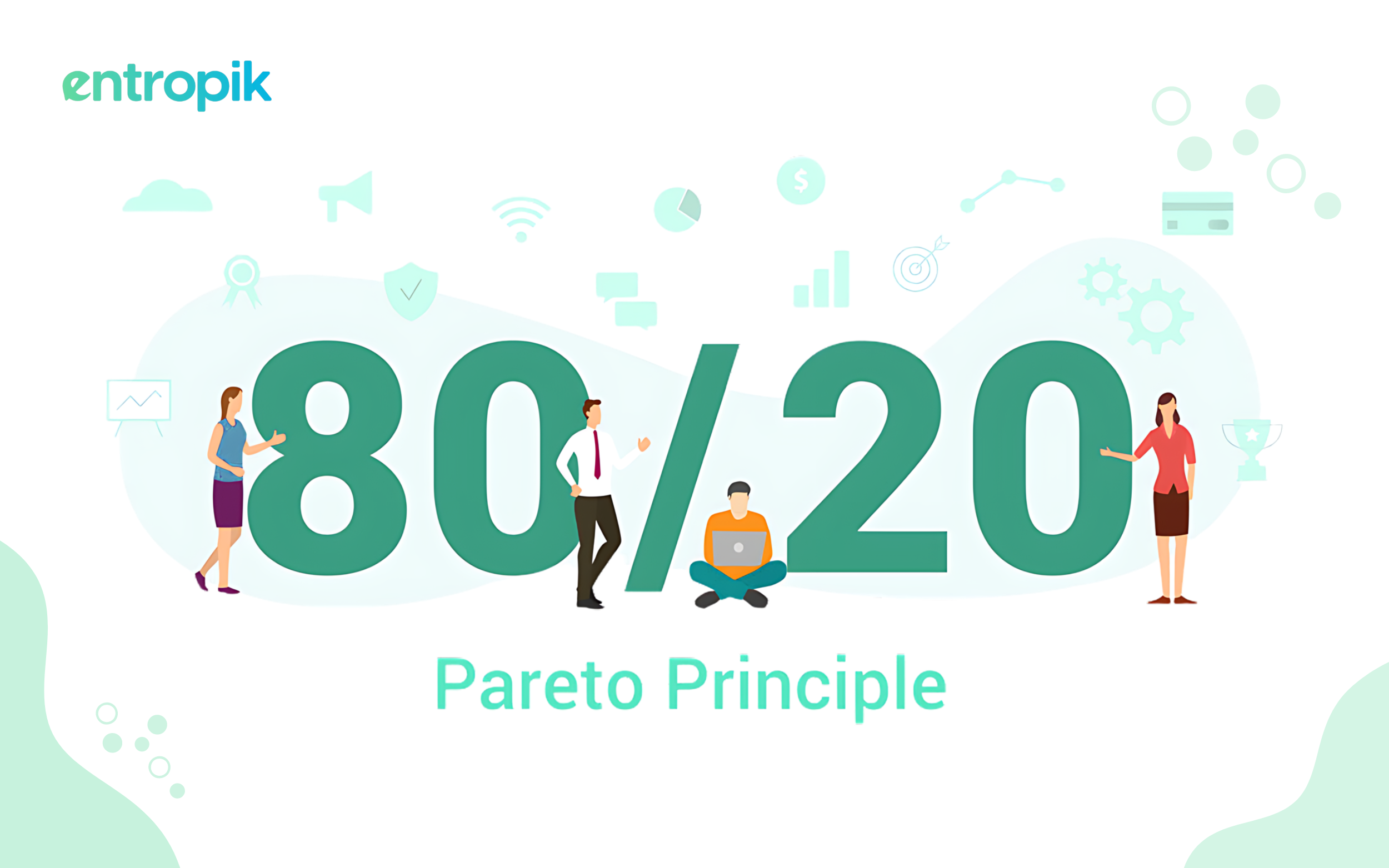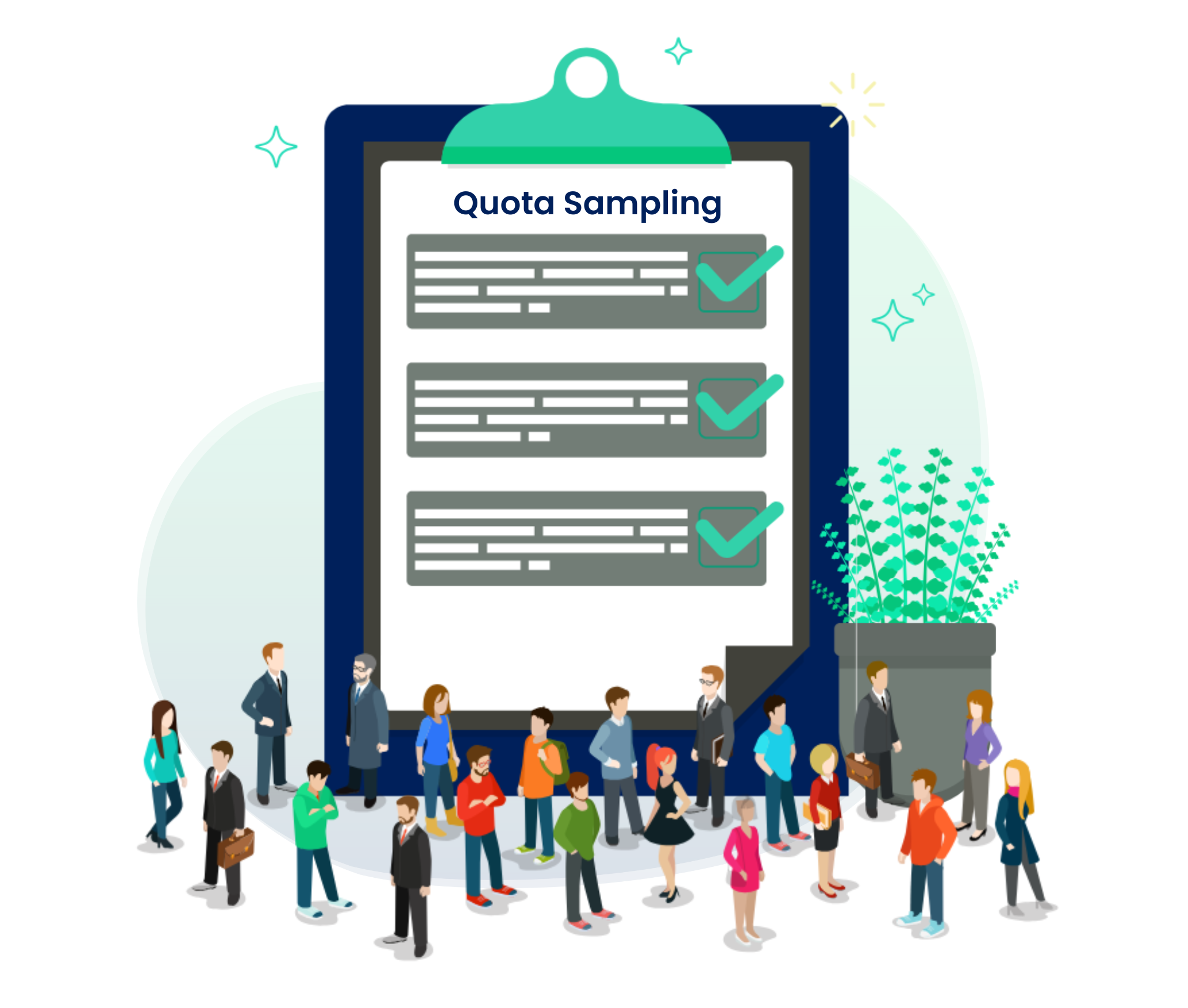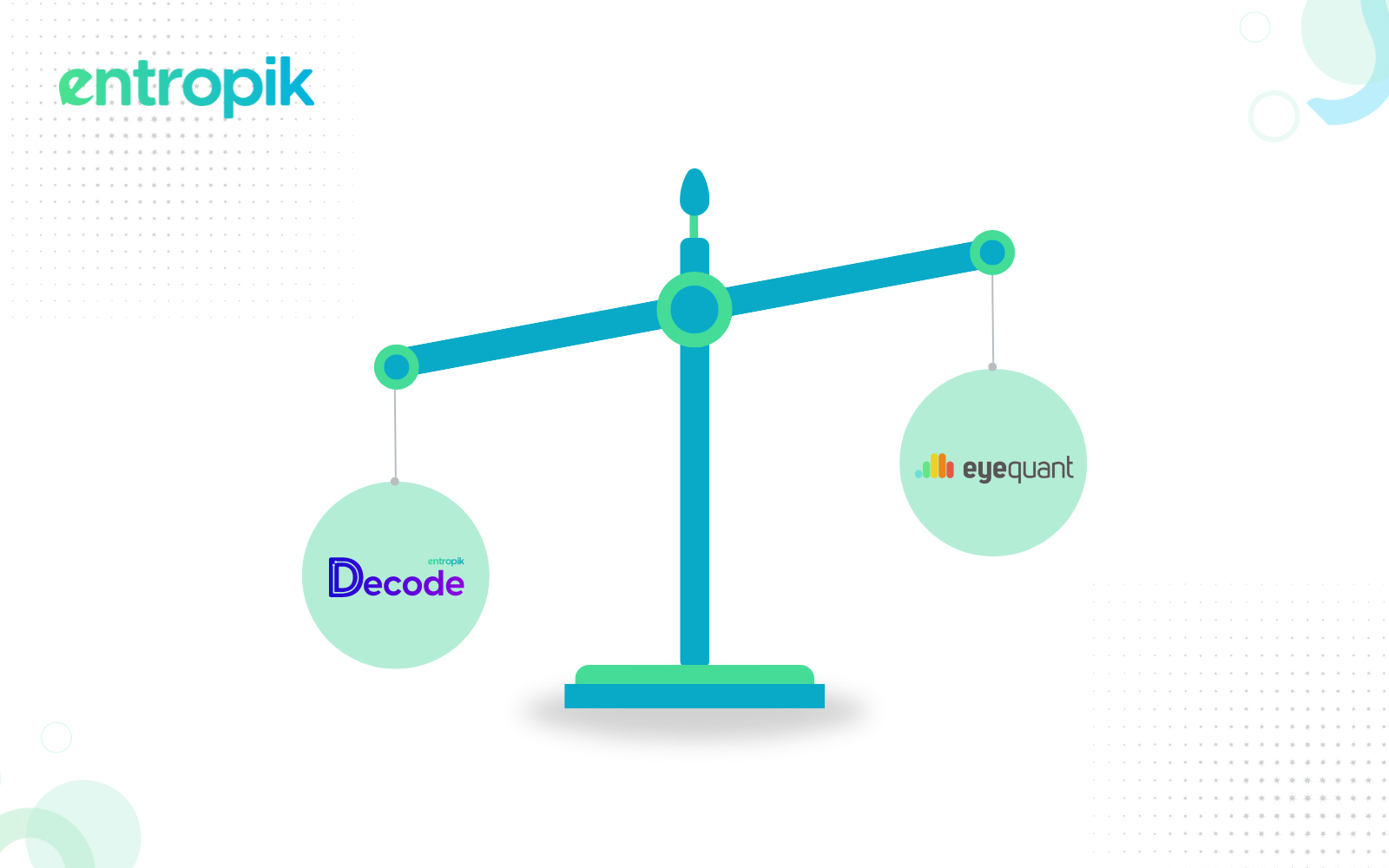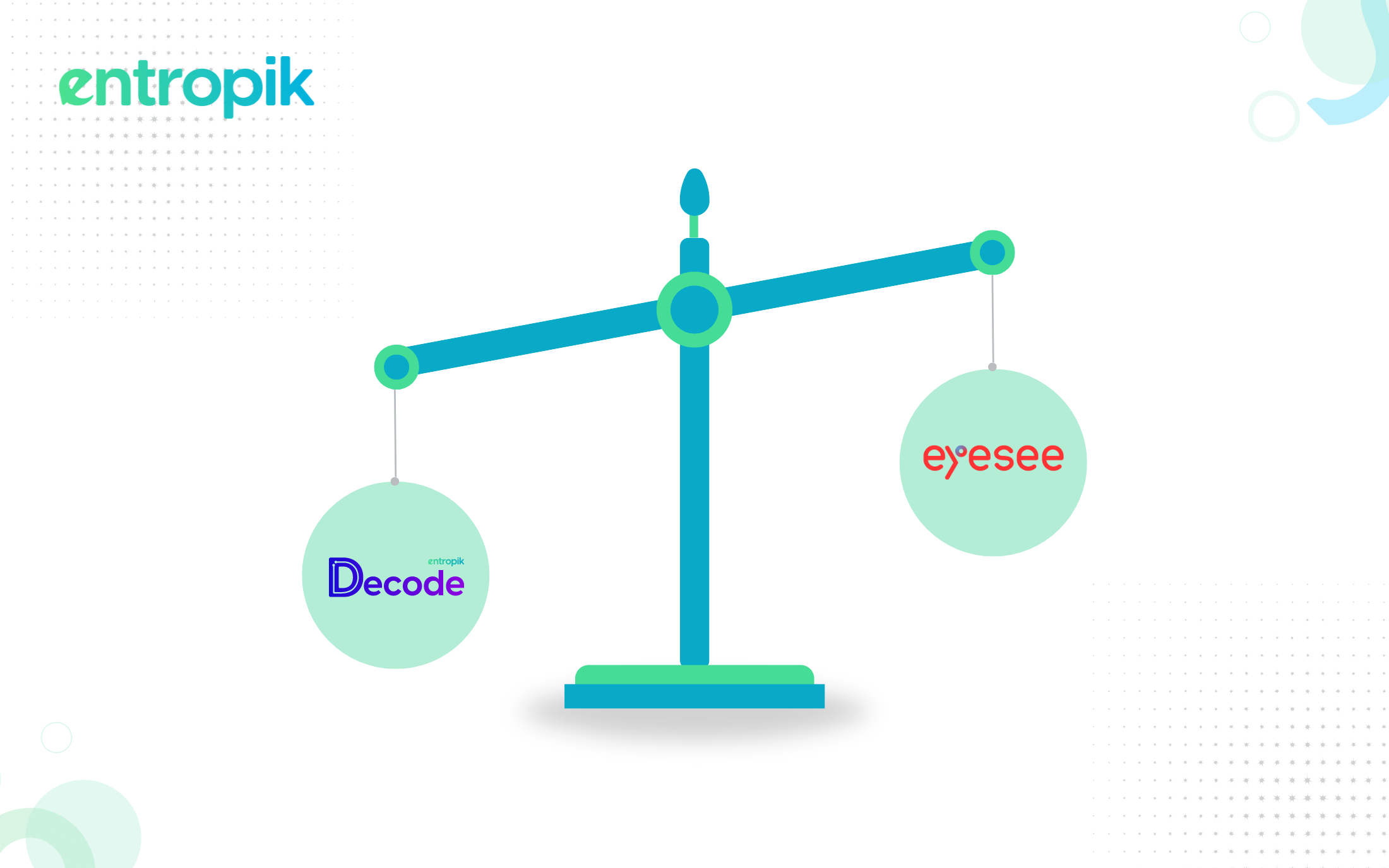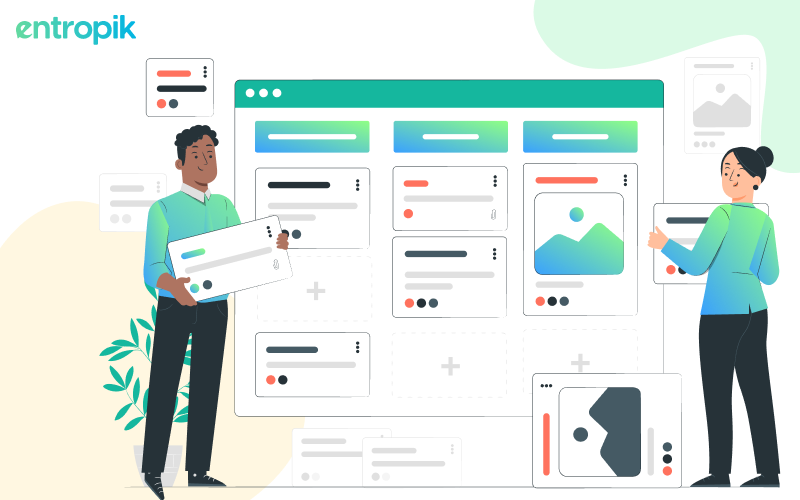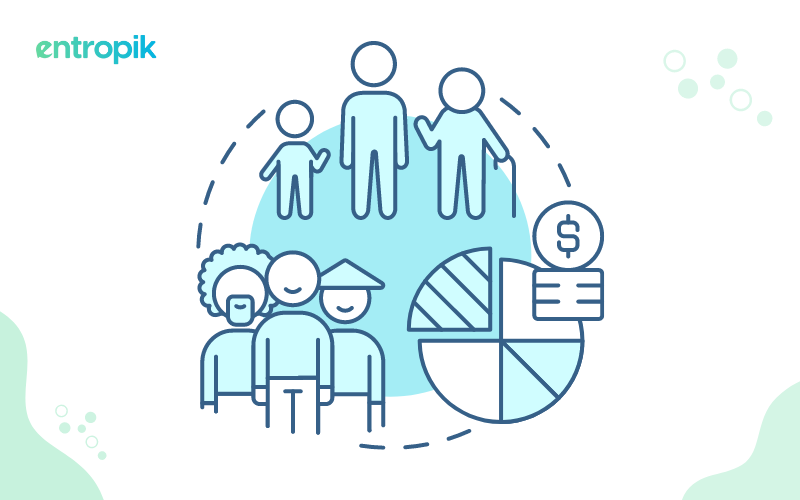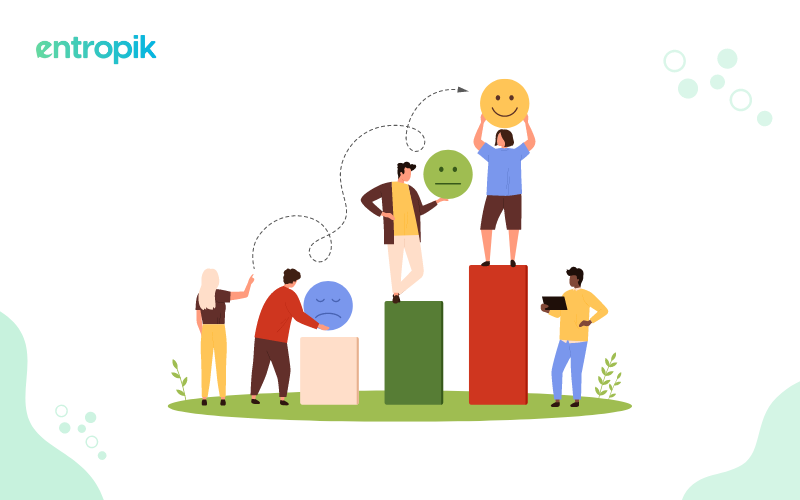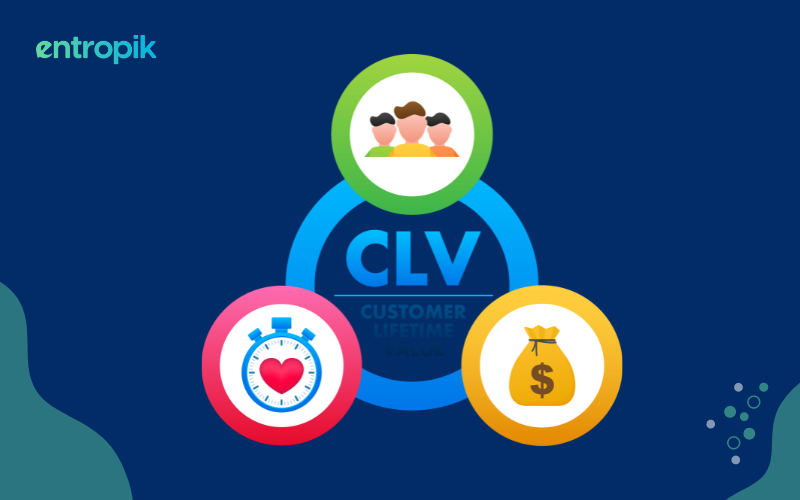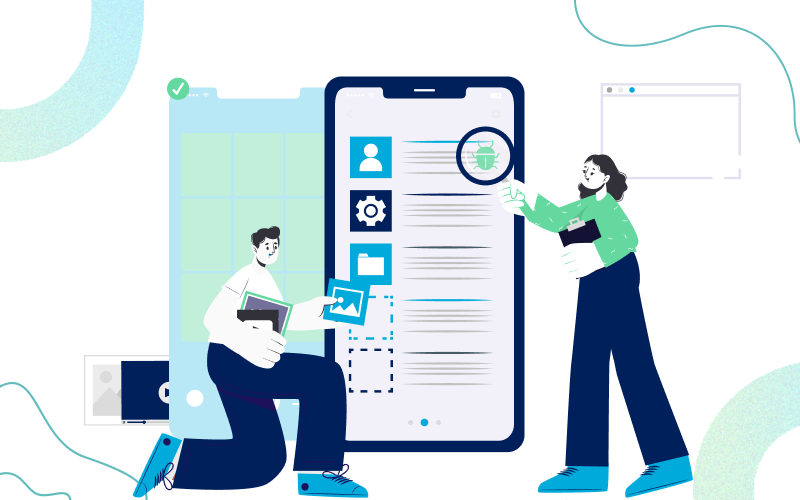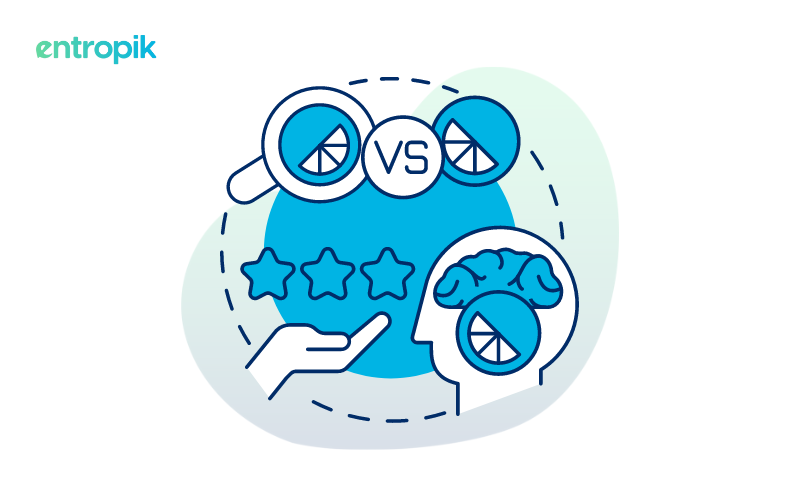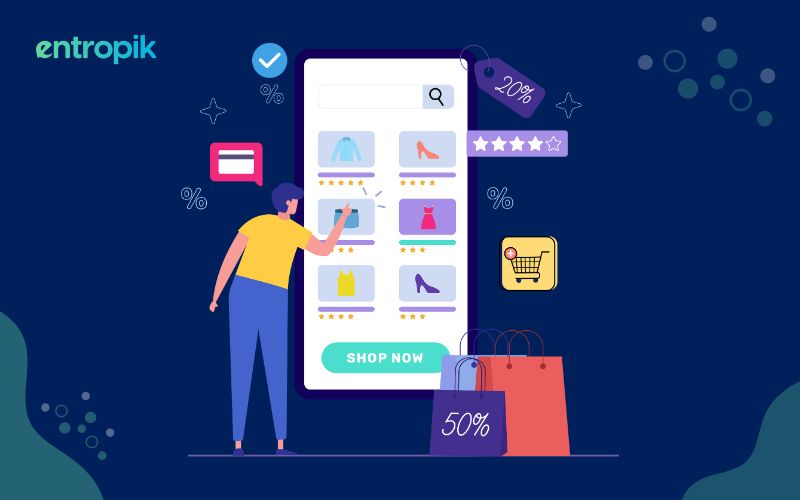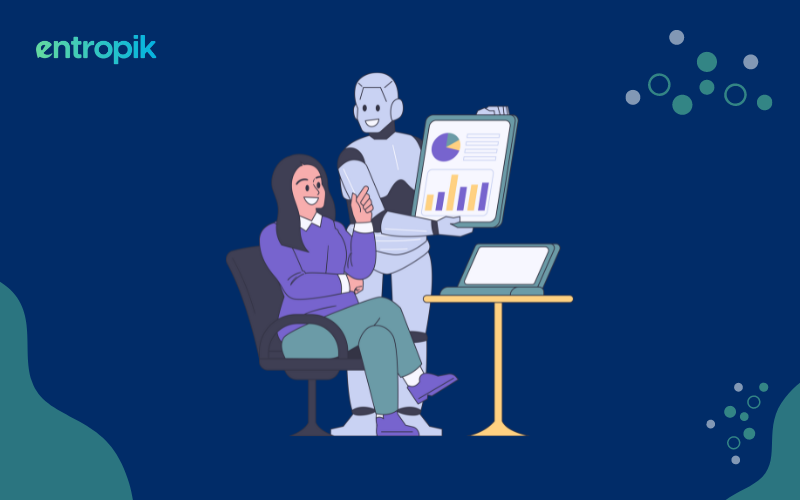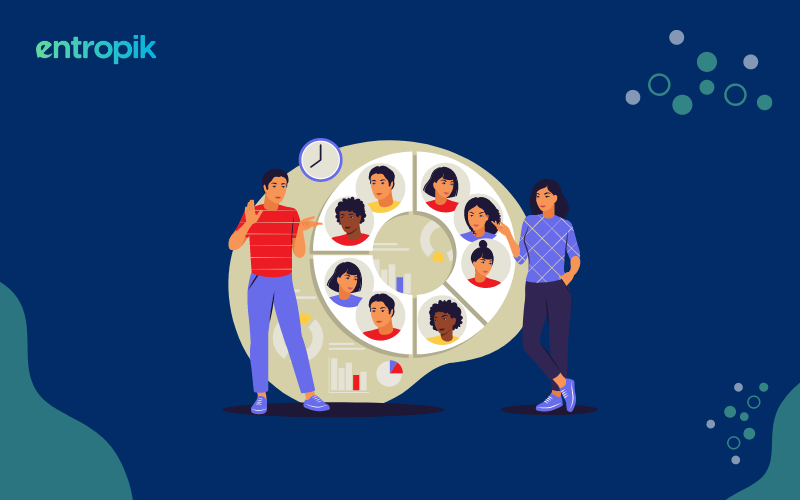Have you ever spoken to your phone and been surprised by a very helpful, specific response? Or perhaps you've interacted with a chatbot that seemed very human-like?
These experiences are, in fact, powered by conversational AI, a technology that blurs the lines between human and machine interaction.
What is conversational AI?
Conversational AI is a technology that enables machines to engage in human-like dialogue. It combines natural language processing (NLP), machine learning, and speech recognition to understand and respond to user inputs. This technology powers virtual assistants, chatbots, and other interactive systems, allowing them to comprehend context, provide relevant information, and perform tasks through text or voice interactions. Conversational AI is used across various applications, including customer service, personal assistants, and automated support, enhancing user experience by making interactions more intuitive and efficient.
What are the components of conversational AI?
The components of conversational AI include:
- Natural Language Processing (NLP): This involves understanding and generating human language, allowing the AI to interpret text or speech inputs.
- Machine learning models: These models learn from data to improve the AI’s responses over time, making interactions more accurate and contextually relevant.
- Speech recognition: Converts spoken language into text for the AI to process, enabling voice-based interactions.
- Natural Language Generation (NLG): Produces human-like responses, crafting text or speech outputs that are appropriate to the context of the conversation.
What are the benefits of conversational AI?
Better customer support
Conversational AI ensures 24/7 customer support, enabling users to get assistance anytime, which reduces the workload on human agents. For example, chatbots on e-commerce websites can handle a range of customer queries, such as tracking orders, processing returns, and answering product-related questions. This not only speeds up response times but also significantly improves customer satisfaction by providing immediate and accurate responses.
Personalized user experience
By using data analytics and machine learning, conversational AI offers personalized interactions tailored to user preferences and past behavior. For instance, a music streaming service can use conversational AI to recommend songs or playlists based on a user’s listening history. This personalization enhances user engagement and satisfaction, creating a more enjoyable and tailored experience for each user.
Scalability
Conversational AI can handle unlimited interactions simultaneously, making it ideal for large enterprises with high customer inquiry volumes. For example, banks can use conversational AI to efficiently manage routine inquiries about account balances, transactions, and interest rates. This scalability allows businesses to serve millions of customers without needing a proportional increase in support staff.
Cost efficiency
Implementing conversational AI reduces operational costs by automating repetitive tasks. For instance, a healthcare provider can use AI chatbots to schedule appointments, send reminders, and provide basic medical information. This automation reduces the need for administrative staff, cutting overhead expenses and allocating resources more effectively, thus improving overall operational efficiency.
Improved data collection and analysis
Conversational AI systems collect and analyze data from every interaction, providing valuable insights into customer preferences and behaviors. For instance, a retail company can use these insights to refine marketing strategies, optimize inventory, and enhance product offerings. By leveraging this data, businesses can make more informed decisions and respond more effectively to market trends and consumer needs.
Faster resolution times
Conversational AI quickly answers frequently asked questions and resolves common issues, leading to faster resolution times. For example, telecom companies use AI-powered virtual assistants to troubleshoot connectivity problems, guide users through setup processes, and resolve billing issues promptly. Due to conversational AI's swift and effective problem-solving capabilities, this leads to enhanced customer satisfaction and loyalty.
Multilingual support
Conversational AI supports multiple languages, facilitating global companies in interacting with a diverse customer base. For instance, an international airline can use multilingual AI chatbots to assist passengers in booking flights, managing reservations, and providing travel information in their native languages. This feature significantly enhances the overall customer experience by catering to the linguistic preferences of a global audience.
Consistent customer interactions
Conversational AI ensures consistent information and responses, reducing the likelihood of human error. For example, a financial services firm can use AI chatbots to provide standardized information about loan products, interest rates, and application processes. This consistency ensures that all customers receive the same high-quality service, fostering trust and reliability in the company’s customer interactions.
Types of conversational AI
Rule-based chatbots
Rule-based chatbots operate on pre-defined rules and scripts, making them ideal for straightforward tasks and common inquiries. They follow a linear path of conversation based on user inputs. For instance, a rule-based chatbot in an online store might ask predefined questions to guide users through product selection and purchase. While these chatbots are limited in their ability to handle complex queries, they are highly effective for specific, repetitive tasks, offering quick responses and improving operational efficiency in customer support environments.
AI-powered chatbots
AI-powered chatbots leverage machine learning and natural language processing (NLP) to understand and respond to user queries more dynamically. Unlike rule-based chatbots, they can learn from interactions and improve over time. For example, an AI-powered chatbot in customer service can understand varied user inputs, provide relevant answers, and even predict user needs based on past interactions. These chatbots offer a more personalized and engaging user experience, making them suitable for more complex customer interactions.
Voice assistants
Voice assistants, such as Amazon’s Alexa, Apple’s Siri, and Google Assistant, use voice recognition and NLP to interact with users. They perform a wide range of tasks from setting reminders and controlling smart home devices to providing weather updates and answering questions. By understanding and processing natural language voice commands, voice assistants offer hands-free convenience and accessibility, significantly enhancing user experience. They are particularly useful in environments where users cannot easily type, such as while driving or cooking.
Virtual agents
Virtual agents are more advanced than typical chatbots, often designed to handle complex interactions and provide more sophisticated services. They use advanced AI to understand context, manage dialogues, and offer personalized responses. For instance, in a financial services setting, a virtual agent can assist users with detailed account inquiries, investment advice, and transaction processes. They integrate seamlessly with backend systems to fetch real-time data and provide accurate assistance, making them highly effective in customer support and service automation.
Hybrid chatbots
Hybrid chatbots combine the capabilities of rule-based and AI-powered chatbots. They can handle structured queries through predefined scripts and unstructured queries using AI and NLP. This combination allows businesses to address a wider range of customer needs efficiently. For example, a hybrid chatbot in a healthcare application can provide standard responses for common medical inquiries while also offering personalized advice and scheduling appointments based on the specific symptoms described by users. This dual approach maximizes both efficiency and user satisfaction.
Enhancing conversational AI with consumer research
Understanding consumer preferences
Consumer research helps identify customer preferences, pain points, and frequently asked questions. This information can be used to train conversational AI to address these specific needs effectively. For example, a retail chatbot can be trained to recommend products based on common customer preferences and buying behaviors identified through research.
Improving response accuracy
By analyzing data from consumer interactions, conversational AI can be refined to understand and respond to queries more accurately. This involves updating the AI's training data with real-world consumer language and sentiments. For instance, a customer support AI can be trained to recognize and address common issues more accurately based on past customer interactions.
Personalizing interactions
Consumer research provides insights into individual customer preferences and behaviors, enabling conversational AI to offer personalized responses and recommendations. For example, a financial advisor chatbot can provide tailored investment advice based on a user’s financial history and preferences, as identified through consumer research.
Optimizing user experience
By understanding how consumers interact with AI systems, companies can design more intuitive and user-friendly conversational interfaces. Consumer research can reveal preferred interaction styles, common navigation issues, and desired features, which can be incorporated into the design of the AI interface to enhance user experience.
Feedback loop integration
Incorporating feedback from consumer research into the continuous improvement cycle of conversational AI technology ensures that the system evolves in alignment with user expectations and needs. Regular updates based on consumer feedback can lead to a more responsive and adaptive AI system. For instance, an AI used in an e-commerce platform can be regularly updated to handle new types of customer queries and preferences as they emerge.
The use of conversational AI in various industries
Retail
In the retail industry, conversational AI is transforming customer service and sales processes. AI-powered chatbots and virtual assistants can handle a wide range of customer inquiries, from product recommendations to order tracking and return policies. These systems provide instant responses, improving customer satisfaction and reducing wait times. Additionally, conversational AI can personalize shopping experiences by analyzing customer data and preferences to suggest relevant products. For example, an AI assistant on an e-commerce site might recommend clothing items based on a user’s past purchases and browsing history, thereby increasing sales and enhancing customer loyalty.
Healthcare
Conversational AI in healthcare offers numerous benefits, including improved patient engagement, streamlined administrative tasks, and enhanced access to medical information. Virtual health assistants can answer patient queries, schedule appointments, provide medication reminders, and offer initial diagnoses based on symptoms described by users. This reduces the burden on healthcare professionals and allows patients to receive timely assistance. For example, a virtual assistant could help a patient manage their chronic condition by providing daily reminders to take medication, thus ensuring better adherence to treatment plans and improving overall health outcomes.
Banking and financial services
In the banking and financial services sector, conversational AI is used to enhance customer support, streamline transactions, and provide personalized financial advice. AI-powered chatbots can assist customers with common banking tasks such as checking account balances, transferring funds, and answering queries about services. Furthermore, these systems can analyze customer spending patterns to offer tailored financial advice and alerts. For example, a banking chatbot might notify users about unusual transactions or suggest ways to save money based on their spending habits, thereby improving financial management and security.
Travel and hospitality
Conversational AI in travel and hospitality helps streamline booking processes, enhance customer service, and personalize travel experiences. Virtual assistants can assist customers with booking flights, hotels, and rental cars and provide information about destinations, weather, and local attractions. These systems can also handle inquiries related to reservations and cancellations, providing a seamless experience for travelers. For instance, a hotel chatbot can help guests with check-in procedures, room service orders, and local recommendations, thereby improving guest satisfaction and operational efficiency.
Telecommunications
In telecommunications, conversational AI improves customer service, streamlines troubleshooting, and enhances user experiences. AI-powered virtual assistants can handle a wide range of customer inquiries, from billing issues to technical support. These systems provide quick and accurate responses, reducing wait times and improving customer satisfaction. For example, a telecom chatbot can help customers resolve connectivity issues, upgrade plans, and manage account settings, thereby improving service efficiency and customer loyalty. Additionally, AI can analyze user data to offer personalized recommendations for services and products.


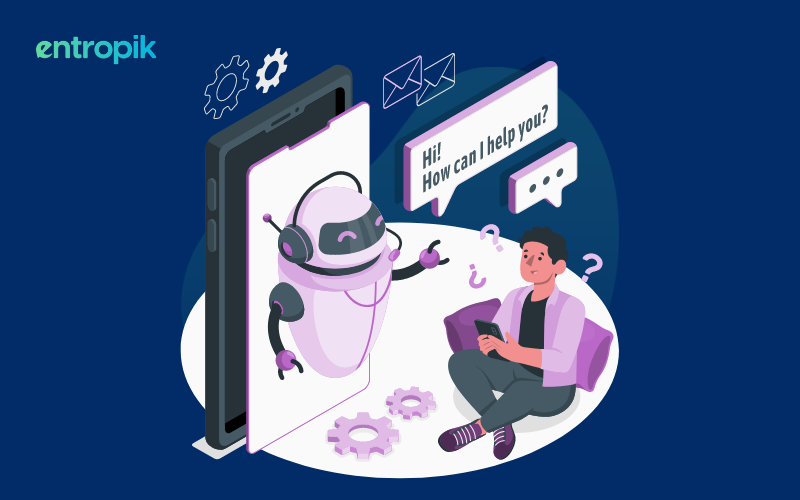












.jpg)



